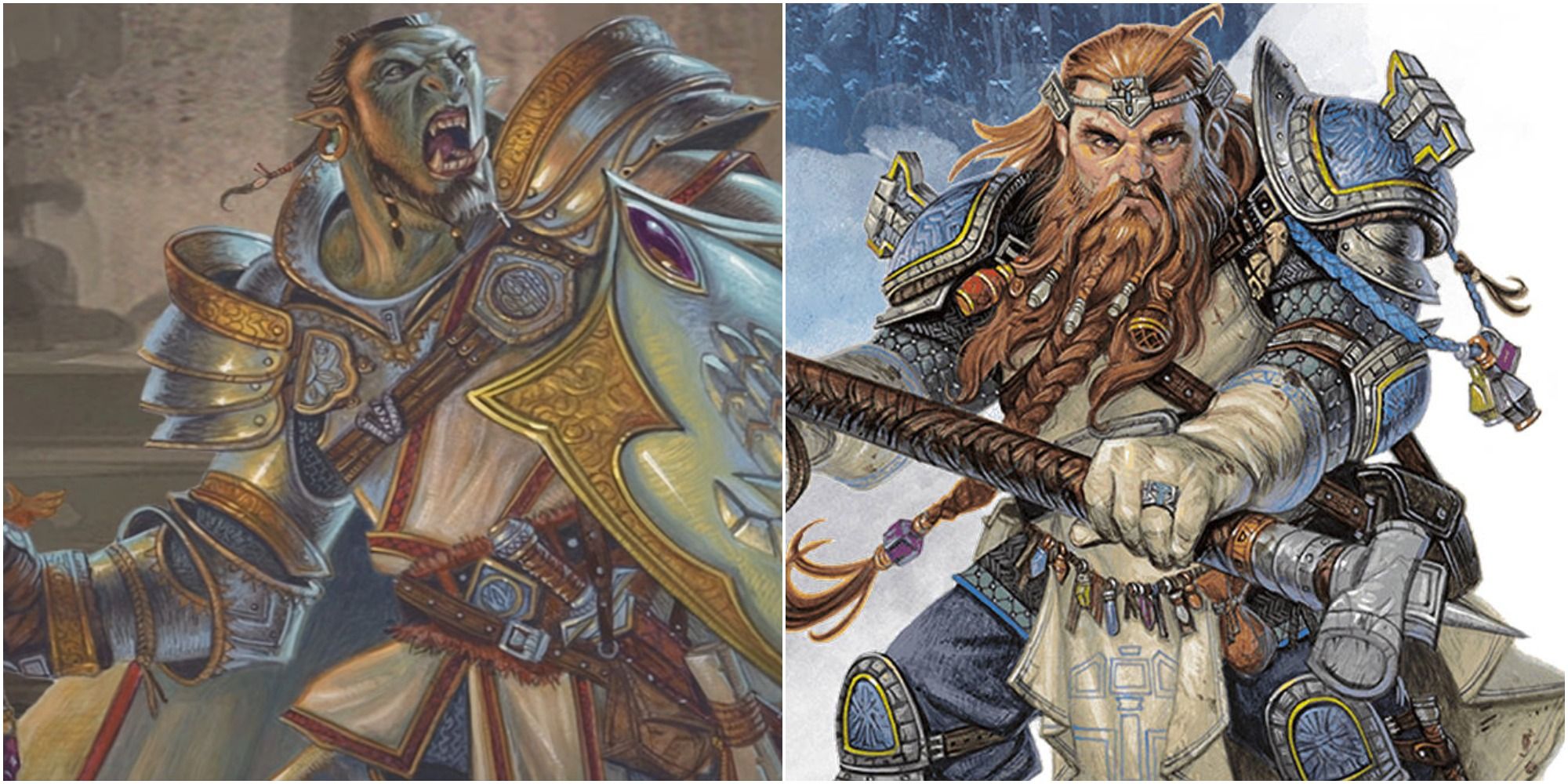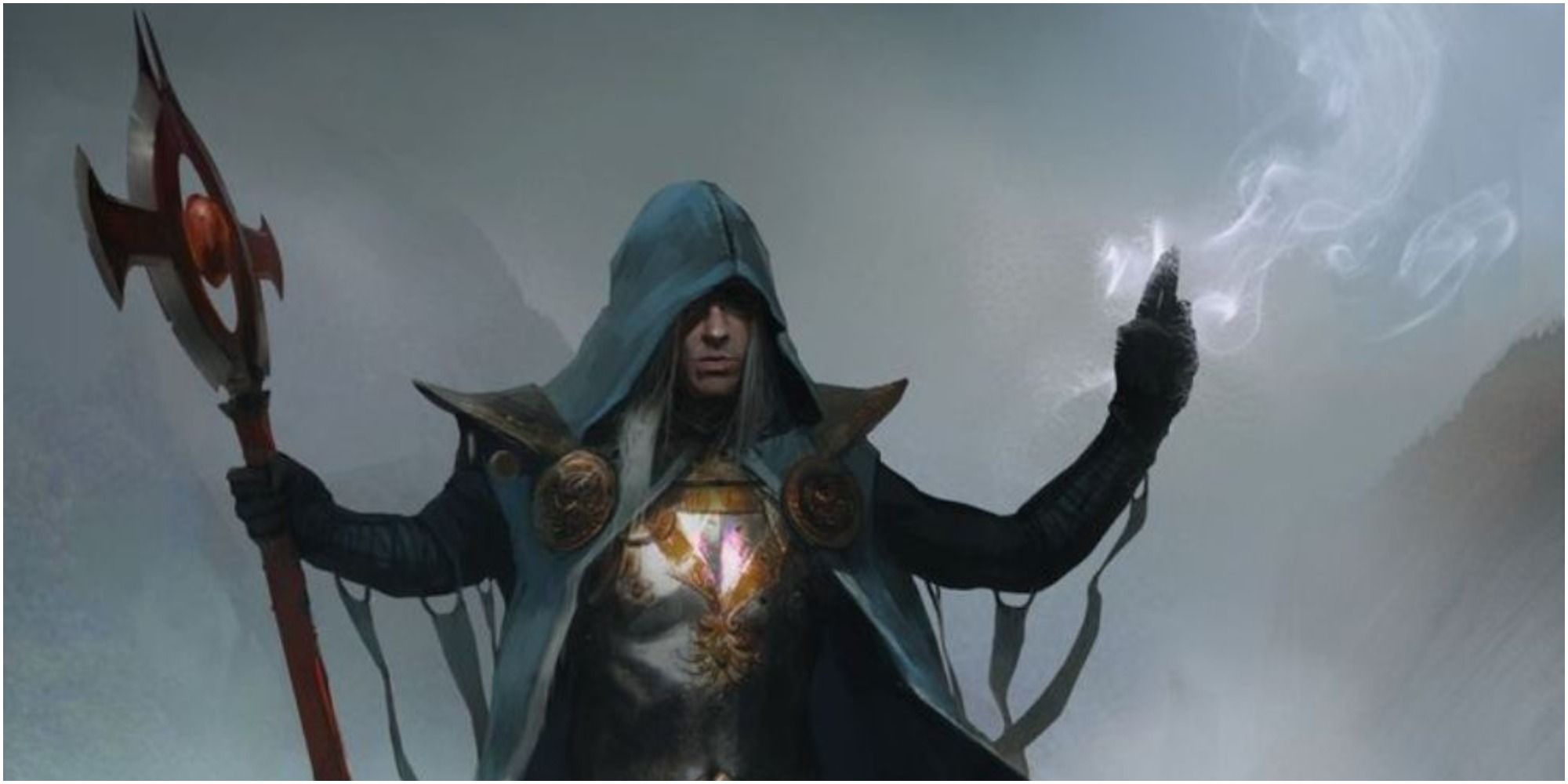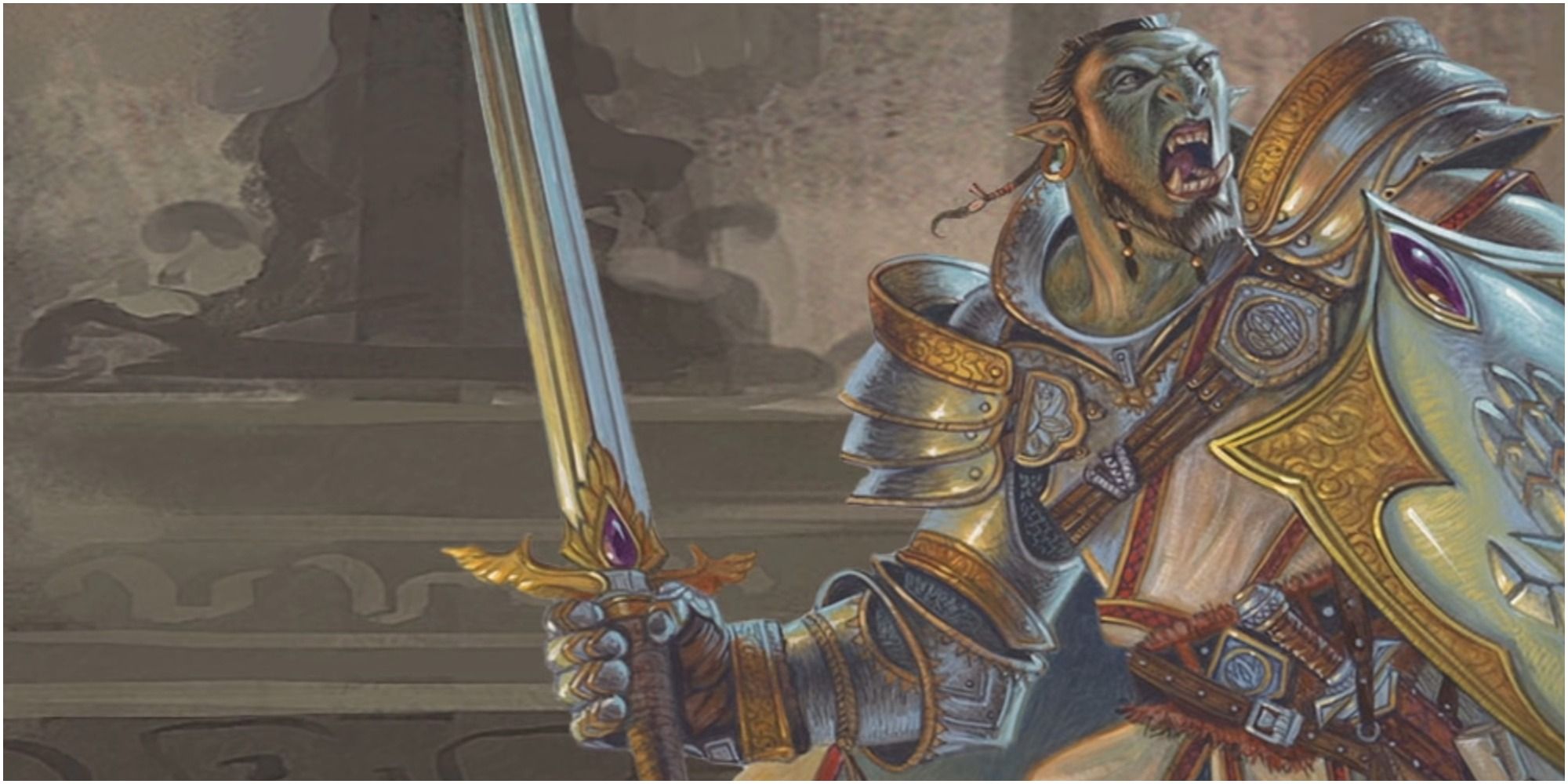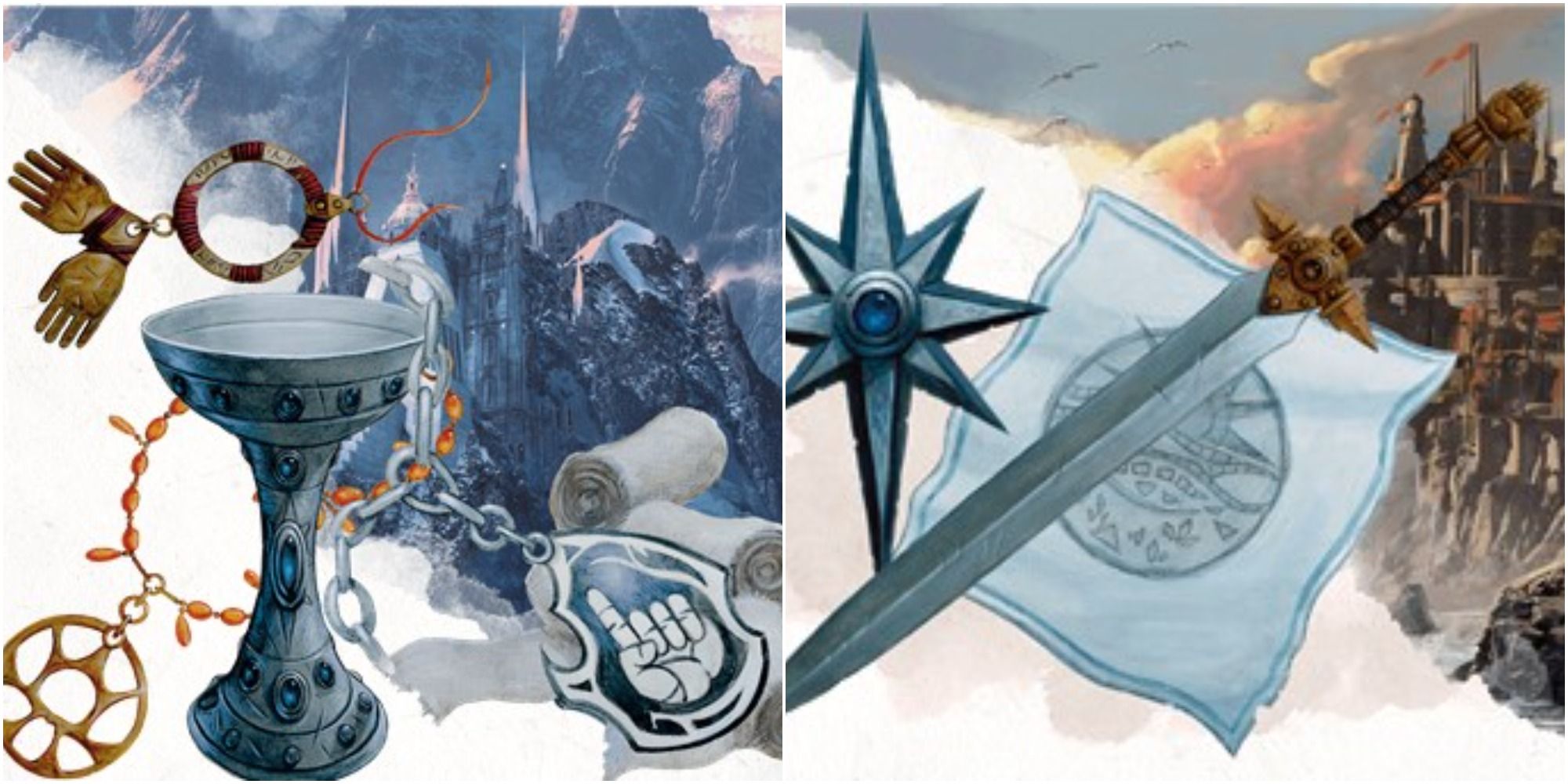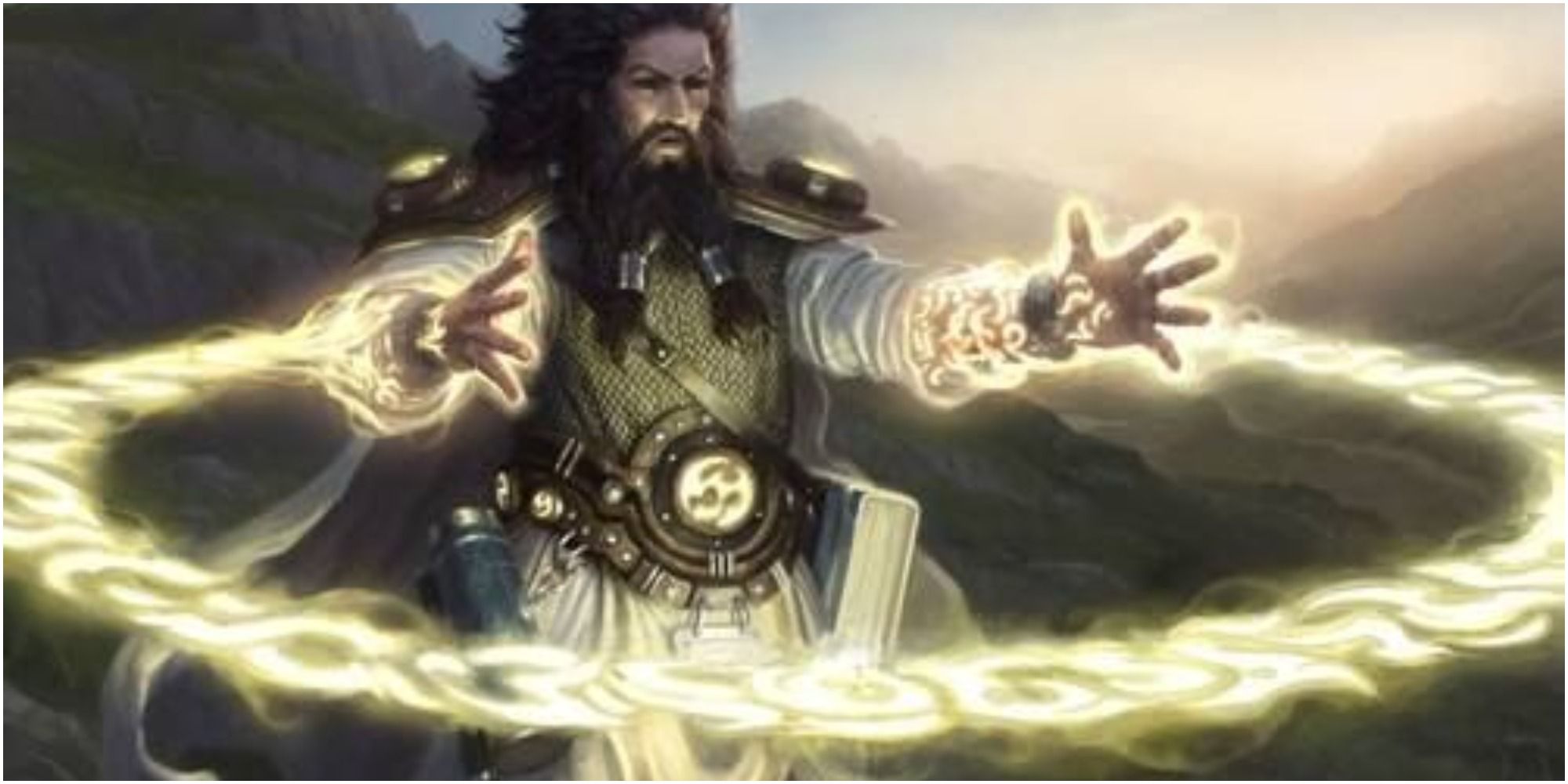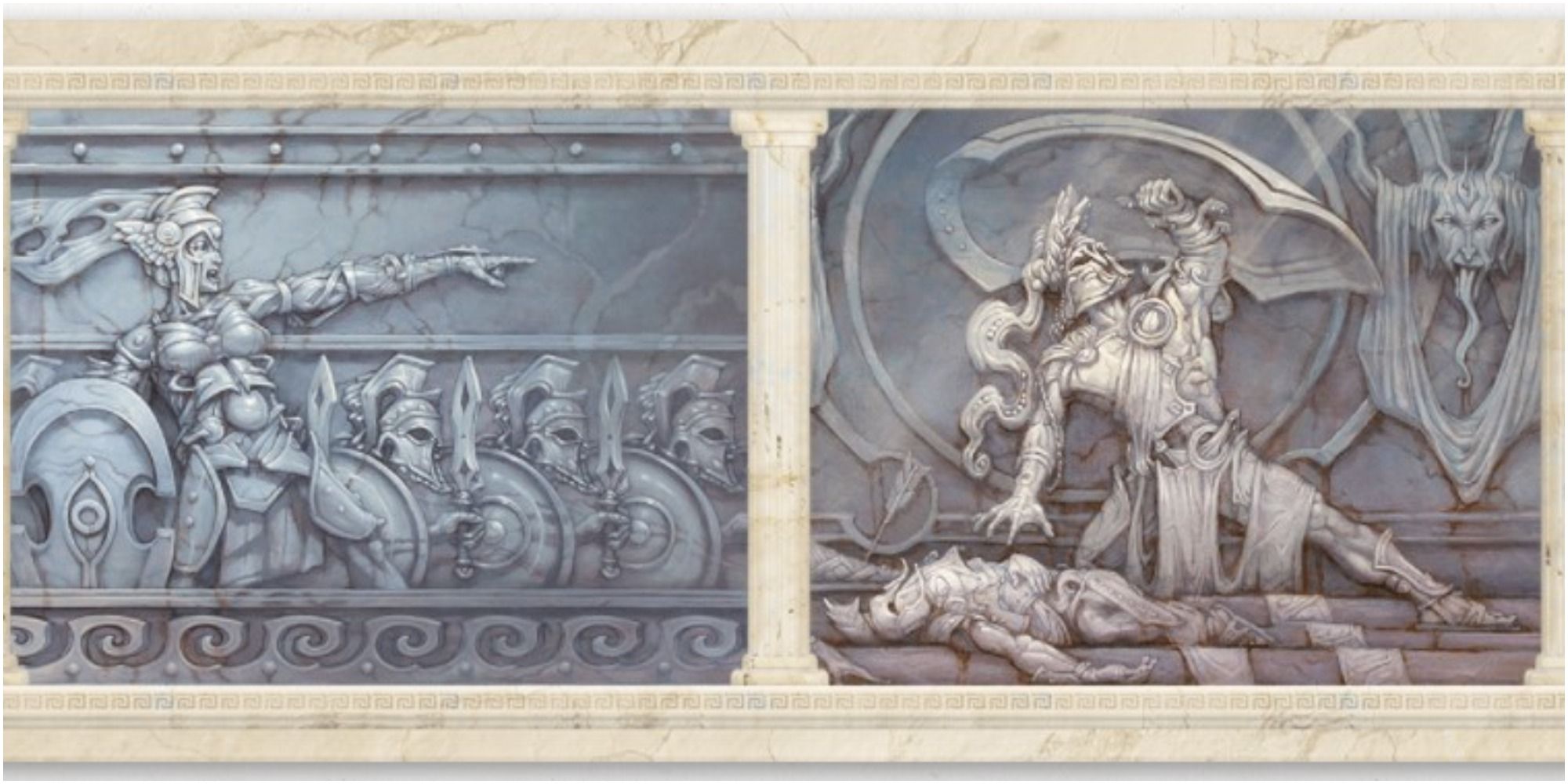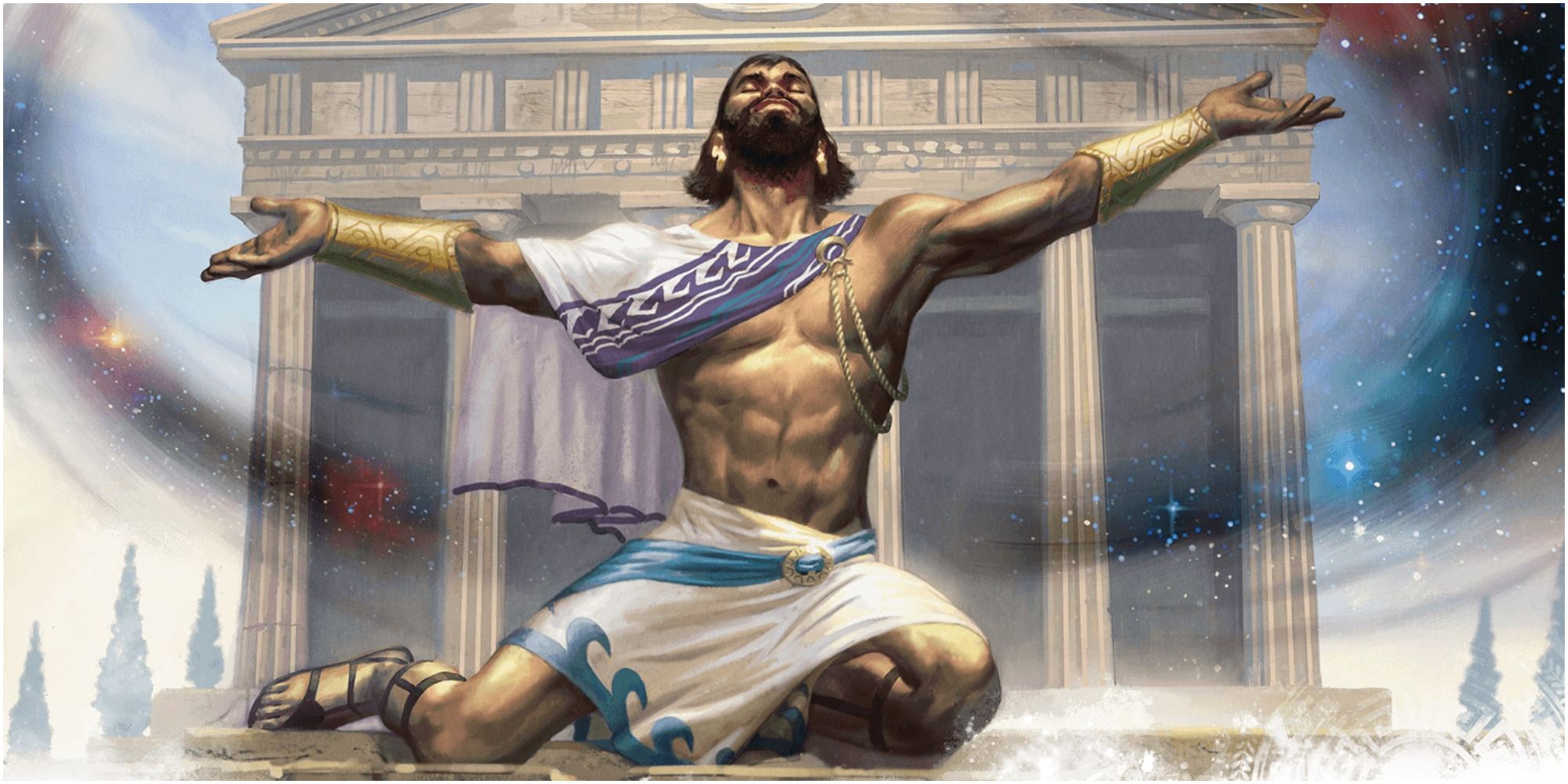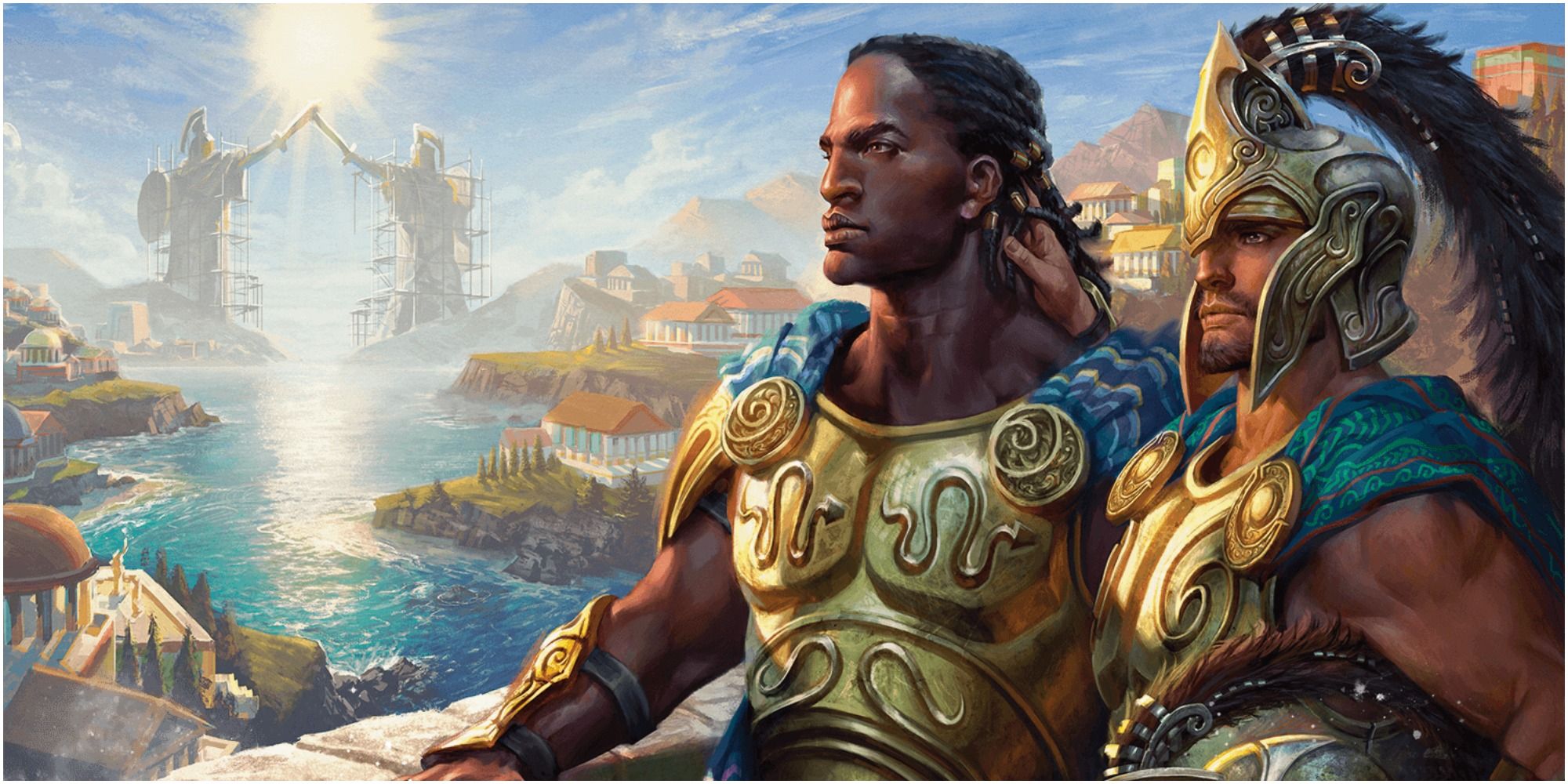One of the best parts of Dungeons and Dragons is creating an original character to inhabit a fictional world. Players get to decide everything about their character- race, sex, personality, background, and it all comes together to build an immersive story. But character creation can be intimidating to a new player. Lots of options, especially when it comes to class. There are twelve main classes to choose from, several of which have subclasses and can be interpreted in a bunch of different ways. While this lends itself well to creativity it can be overwhelming to a first-time player.
It does not help that some of the classes are easy to confuse. For instance, the three spellcasting classes- wizard, warlock, and sorcerer- are easy for a new player to mix up. Similarly, it can be hard to distinguish between the combat classes barbarian and fighter or the nature classes- druid and ranger. The same is true of the two theological classes- cleric and paladin. Both are religiously motivated individuals driven by a dedication to a particular deity, but they have some major differences in the world of Dungeons and Dragons.
Updated on October 22nd, 2021 by Hodey Johns: Active imaginations will love Dungeons and Dragons. Divinely inspired characters can be gregarious leaders or terrifying villains. Enemies who have pledged themselves to dark forces will quake in fear as they take the battlefield. Some players, even experts, have a tough time discerning what makes a cleric different than a paladin for role-playing purposes. This guide has been updated to break down not only the thematic differences between the two classes but the practical differences as well and the hard facts about how the characters fundamentally behave on and off of the battlefield.
Roleplaying A Cleric
From the class description: "Divine magic, as the name suggests, is the power of the gods, flowing from them into the world. Clerics are conduits for that power, manifesting it as miraculous effects. The gods don’t grant this power to everyone who seeks it, but only to those chosen to fulfill a high calling."
The paladin makes themselves worthy of a god's blessings while a cleric is deemed worthy by their god. It's a subtle but important difference. A cleric might not know why they are chosen and are rarely given a singular purpose. Rather, they exist as vessels for their gods to manifest their power and will. So long as their god permits it, clerics are capable of getting into things like necromancy.
Roleplaying A Paladin
According to the Player's Manual: "A paladin swears to uphold justice and righteousness, to stand with the good things of the world against the encroaching darkness, and to hunt the forces of evil wherever they lurk. Different paladins focus on various aspects of the cause of righteousness, but all are bound by the oaths that grant them power to do their sacred work.
Oaths, honor, and rigid rules define a paladin's everyday actions. Breaking these oaths means their deity will revoke their powers. Paladins differentiate themselves from other paladins by focusing on specific areas of righteousness. A paladin can be a bookworm if they dedicate themselves to knowledge or a dark avatar of revenge if they dedicate themselves to justice by eliminating world-ending monsters.
Starting Proficiencies
While it is possible for clerics to end up wearing heavy armor or use martial weapons, only the paladin automatically gets these proficiencies. Tack on the paladin's d10 hit die versus the cleric's d8 hit die and it becomes immediately apparent that the paladin is the better option to tank with.
Both the paladin and cleric are proficient with both wisdom and charisma saving throws. Concerning the six main stats, clerics and paladins will both tend to have high strength, wisdom, and charisma.
Both classes can choose insight, religion, medicine, and persuasion. But the paladin gains access to athletics and intimidation. Conversely, the cleric adds history to the skills equation.
Spellcasting Tendencies
While both classes have spells and the Channel Divinity spellcasting ability, the way they are implemented is one of the most distinctive differences between clerics and paladins. Paladins have passive auras and imbue their weapons with Divine Smite, an ability that uses expends spell slots to add damage to connected strikes.
Alternatively, the cleric uses concentrated spells and active buffs to help out their party. Because concentrated spells can break when attacked, the cleric tends to have better buff spells but needs to stay out of combat to keep them active. Either set of spells can be a vital component of destroying deadly monsters, but both will go about it differently.
Unique Class Features
Due to the player's ability to choose a subclass, a full breakdown of every different ability would take a novel to detail. But each class does have a selection of abilities that exist regardless of the selected subclass. Knowing about these abilities helps define the experience of playing with either the paladin or the cleric.
Some players might need to homebrew a powerful class to tackle some of the campaign's most vicious beasts, but paladins and clerics don't need to worry, thanks to their weapons, armor, and spells, nothing should come up that they can't reasonably handle.
Cleric Class Features
- Destroy Undead: Starting at 5th level, when an undead fails its saving throw against the cleric's Turn Undead feature, the creature is instantly destroyed if its challenge rating is at or below a certain threshold.
- Divine Intervention: Beginning at 10th level, the cleric can call on your deity to intervene on your behalf when your need is great.
Paladin Class Features
- Divine Sense: As an action, the paladin can open their awareness to detect the presence of strong evil.
- Lay on Hands: The paladin's blessed touch can heal wounds. They have a pool of healing power that replenishes when they take a long rest.
- Fighting Style: At 2nd level, the paladin can adopt a style of fighting as their specialty.
- Divine Smite: Starting at 2nd level, when the paladin hits a creature with a melee weapon attack, they can expend one spell slot to deal radiant damage to the target, in addition to the weapon’s damage.
- Divine Health: By 3rd level, the divine magic flowing through the paladin makes them immune to disease.
- Extra Attack: Beginning at 5th level, the paladin can attack twice, instead of once, whenever they take the Attack action on their turn.
- Aura of Protection: Starting at 6th level, whenever the paladin or a friendly creature near them must make a saving throw, the creature gains a bonus to the saving throw equal to their Charisma modifier.
- Aura of Courage: Starting at 10th level, the paladin and friendly creatures near them can’t be frightened.
- Cleansing Touch: Beginning at 14th level, the paladin can use their action to end one spell on themself or on one willing creature that they touch.
If this seems unbalanced in favor of the paladin, it is. Keep in mind that paladins have access to fifty spells while clerics have access to one-hundred eighteen spells. D&D Beyond has a great breakdown of these spells. The increased versatility compensated for the advantage that the paladin class has as a template.

